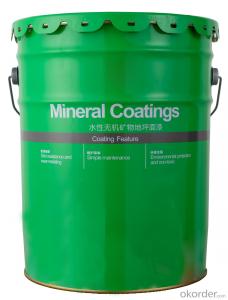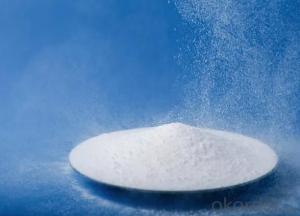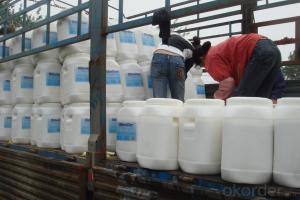Carbon Black N539 Granluar
- Loading Port:
- Tianjin
- Payment Terms:
- TT OR LC
- Min Order Qty:
- -
- Supply Capability:
- 10000MT m.t./month
OKorder Service Pledge
OKorder Financial Service
You Might Also Like
Carbon Black N539(Granule)
Product Description:
carbon black N539:
1.Usage Rubber Auxiliary Agents;
2.Product Status:Black powder or granular;
3.Standard: ISO 9001:2000
Suggest for Use:
uses for the truck tire, passenger tire tread rubber, etc., and require high strength, high wear-resistant rubber products, such as high-strength conveyor belt, industrial rubber products.
TDS of the Carbon Black N539
Product Varieties | N539 | Pouring density(kg/m3) | 345~425 |
Iodine absorption Value(g/kg) | 39~47 | 300%modulus(Mpa) | -2.6 ~0.6 |
DBP absorption Value (10-5m2/kg) | 106~116 | Ash content | ≤0.7% |
24Mn DBP(10-5m2/kg) | 76~86 | 45um sieve residue | ≤0.05% |
CTAB surface area(103m2/kg) | 36~46 | 500um sieve residue | ≤0.001% |
STSA/(103m2/kg) | 33~43 | Impurity | NO |
Nsa surface area(103m2/kg) | 35~43 | Fine content | ≤10% |
Tint strength(%) | ------ | Tensile strength(Mpa ) | ≥-5.0% |
Heatloss(%) | ≤1.5 | Elongation at failure | ≥-20% |
Safety:
As a matter of good industrial hygiene, gloves and safety glasses with side shields or better eye protection should be worn when handing Carbon Black ,For more information, refer to the MSDS.

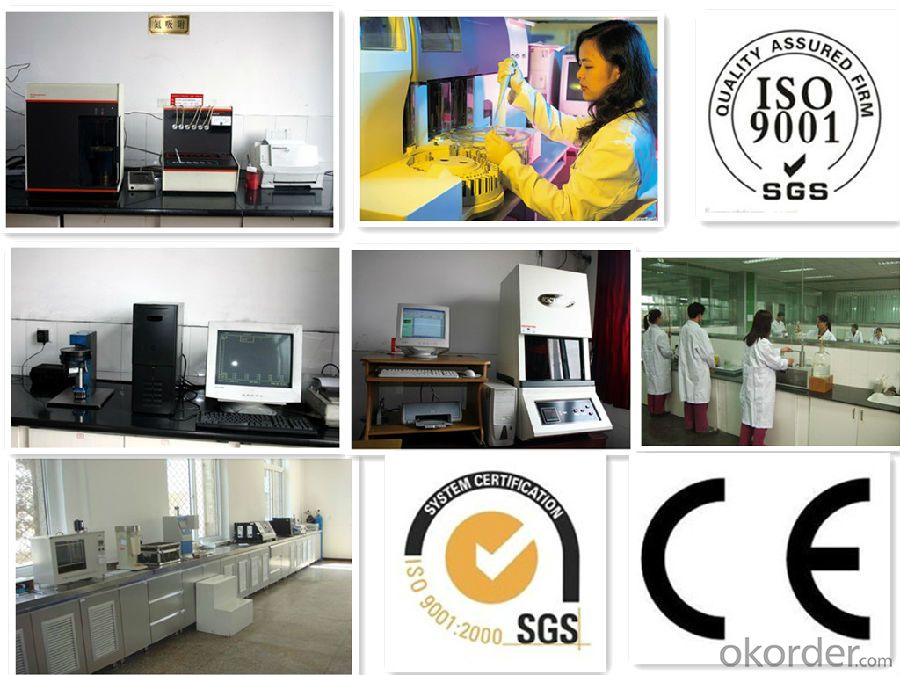
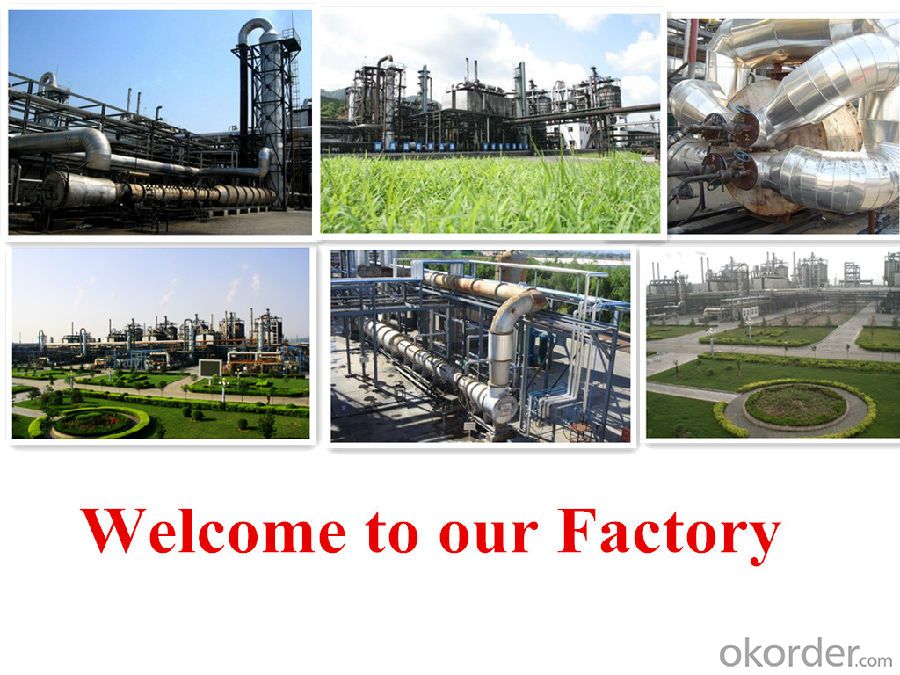
- Q:Hydrogen and oxygen in the role of the catalyst can do the chemical formula of aviation fuel?
- 2H2 + O2 = catalyst = 2H2O
- Q:What is the principle of the catalyst? Why can change the rate of chemical reactions and their own without any change
- The catalyst can be used as the reaction of the original reaction into multiple reactions, such as two, then the catalyst can be the first reaction of the product, while the second reaction of the reactants, then the overall point of view, the amount of catalyst No change, is to change the reaction process.
- Q:A biological catalyst or a chemical reaction facilitator is know as a/an?
- A biological catalyst is an enzyme. Here are more details for you. Enzymes – biological catalysts Normally chemical reactions do not proceed spontaneously, but require the help of a catalyst. A catalyst accelerates a chemical reaction without itself being changed. For example, the reaction of hydrogen with oxygen to produce water requires the addition of the metal platinum. These days we encounter the concept of a catalyst most often in connection with technology for cleaning up the exhaust fumes from our automobiles, where platinum and rhodium catalyze the breakdown of polluting nitrogen oxides. Chemical reactions within living cells must also be catalyzed. Biological catalysts are called enzymes. There is, for instance, an enzyme in our saliva which converts starch to a simple sugar, which is used by the cell to produce energy, and another enzyme which degrades the excess lactic acid produced when we overexert ourselves. All green plants contain enzymes which convert carbon dioxide in the air to nutritious carbohydrates such as sugar and starch. Without enzymes life would not be possible! Enzymes are highly selective. Among the thousands of different compounds in a cell, an enzyme can recognize the right molecule (substrate) and transform it into a new product. This property arises from the special three-dimensional structure of each enzyme. One can compare an enzyme and its substrate with a lock and its key. Enzymes are very effective catalysts. A chemical reaction might require several months to reach completion without a catalyst, but only a few seconds with the help of an enzyme. Since the enzyme remains unchanged, one enzyme molecule can catalyze the transformation of millions of substrate molecules. Up until the beginning of the 1980's, all enzymes were thought to be proteins. We now know that proteins do not have a monopoly on biocatalysis. RNA molecules can also function as enzymes.
- Q:What is the difference between a catalyst and an oxidizing agent?
- A catalyst alters the rate of a reaction without being used up in the reaction. An oxidising agent oxidises other compounds, the agent itself being reduced in the process.
- Q:What is the reaction of hydrogen peroxide to add manganese dioxide?
- There are bubbles produced
- Q:Seems intuitive that it wouldn't, but I dunno the qualitative difference between activation energy & Gibbs free energy. I'M TOO LAZY TO GOOGLE I GOTS STUFF TO DO
- A catalyst can change the activation energy not the Gibbs energy. The Gibbs energy is the energy difference between the initial state and final state. A catalyst cannot change that. Imagine you are driving from school to home. How you drive do not change the height difference between the school and your home. However, a catalyst can change your path which can change the routine you drive from school to home. So if there is a hill in between your school and you home, you have the choice to drive through it or drive around. Here is a picture: upload.wikimedia.org/wikipedia/co... A catalyst can change the height of the barrier, but cannot alter the initial or final state.
- Q:about 1-3 sentences on this will do thank you
- a catalyst is something that makes a reaction go faster than it normally would. An enzyme is a catalyst; it has all the parts for the reaction on it and help organic materials break down or transfer energy or whatever reaction it needs.
- Q:What are the properties of the catalyst (eg, specificity)?
- The definition of a chemical reaction in the chemical reaction can change the chemical reaction rate of other substances, and its quality and chemical properties before and after the reaction did not change the material called catalyst, also known as catalyst. Catalyst in the role of chemical reaction There is also a saying that the catalyst reacts first with one of the reactants and then the two products continue to undergo a new chemical reaction under the original conditions and the reaction conditions of the catalyst reaction are more reactive than the original reaction The reaction conditions of the catalyst have been changed by the reaction of the catalyst by the reaction of the catalyst, that is, the quality and chemical properties mentioned above did not change before and after the reaction.
- Q:Brief introduction of enzyme as biocatalyst and general chemical catalyst and its personality
- can only change the rate of chemical reaction, do not change the equilibrium point of the chemical reaction, the enzyme itself does not change before and after the chemical reaction (3) can reduce the chemical reaction of the activation energy The
- Q:The size of △ H in the thermochemical reaction equation is related to the use and unused catalyst
- There is no relationship between the catalyst can only change the reaction rate
1. Manufacturer Overview |
|
|---|---|
| Location | |
| Year Established | |
| Annual Output Value | |
| Main Markets | |
| Company Certifications | |
2. Manufacturer Certificates |
|
|---|---|
| a) Certification Name | |
| Range | |
| Reference | |
| Validity Period | |
3. Manufacturer Capability |
|
|---|---|
| a)Trade Capacity | |
| Nearest Port | |
| Export Percentage | |
| No.of Employees in Trade Department | |
| Language Spoken: | |
| b)Factory Information | |
| Factory Size: | |
| No. of Production Lines | |
| Contract Manufacturing | |
| Product Price Range | |
Send your message to us
Carbon Black N539 Granluar
- Loading Port:
- Tianjin
- Payment Terms:
- TT OR LC
- Min Order Qty:
- -
- Supply Capability:
- 10000MT m.t./month
OKorder Service Pledge
OKorder Financial Service
Similar products
New products
Hot products
Hot Searches
Related keywords















